Combining low-power multi-technology trackers with a modular location engine to unlock the value of LPWAN-enabled geolocation.
The tracking and logistics market is one of the key drivers of the IoT boom. With millions of containers and pallets traveling around the world, and the exponential increase of the transportation industry in a globalized environment, tracking assets and goods in a cost efficient way became a key technological challenge. Low power IoT tracking solutions are addressing this issue by ensuring low power consumption for maximise battery and minimize operational cost.
The Actility ThingPark Location solution combines low power communication using LoRaWAN, with advanced location solving algorithms and low power location technologies using Wifi and GPS with patented optimization for low power IoT constraints.
Most trackers are using cellular connectivity today which is expensive, especially in roaming scenarios. Associated to the impact of frequent battery changing or charging, the operational cost is too high for most business cases.
The impact of cellular connectivity and standard GPS on battery consumption is enormous. Trackers usually last for less than one week in standard location scenarios. This has an impact on the use case and the business case.
Most assets are crossing various environments: inside warehouses, outdoor on pallets, inside tracks, in shops etc. Standard GPS is not able to work in all environments, making seamless tracking uses difficult to implement.
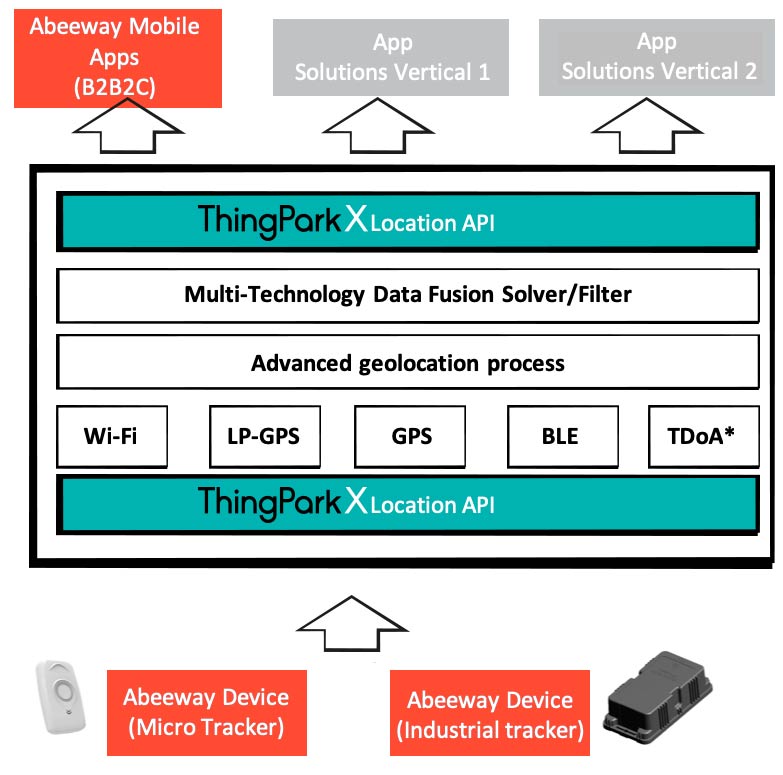
Actility-brand Abeeway develops LoRaWAN based trackers. Embedded with a mix of location technologies such as GPS, LoRaWAN, Low Power GPS, Wifi and Bluetooth allowing to provide location data in all coverage scenarios.
IoT connectivity is a data-constrained environment. The Abeeway tracker firmware is able to select the best location technology based on the environment, ensuring that battery life is always preserved. This allows Abeeway to propose battery lives that can last for months and years.
Location solving is a power-hungry feature and is best done on a remote server instead of the tracker hardware. Actility combines LoRaWAN network-based TDoA (Time difference on arrival), GPS, Low-Power assisted GPS, Wifi sniffing and Bluetooth Beacon ID exposition. Using a unique API set, the location data can be easily integrated with third-party business applications.
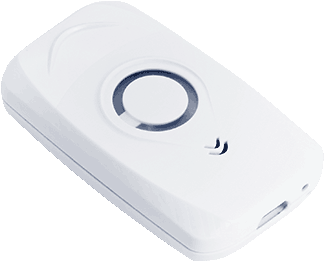
With standard GPS approach, the location computing is done on tracker, thus making the device consume high amounts of battery power. With Low Power GPS, the location is computed on a remote server. The tracker sends only raw GPS data to the location server who will combine it with real time satellite position almanach to evaluate position with a similar level of precision.
Learn more here:
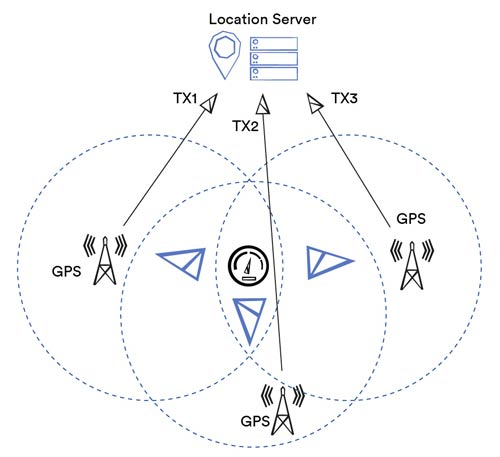
LoRaWAN is non-synchronized radio technology, which means that any LoRaWAN gateway in range will uplink the data to the central network server. If 3 or more Gateways are in range, a time difference-on-arrival can be estimated for packets and a location can be calculated. LoRaWAN gateways are time-synchronized using GPS receivers in the gateways.
The precision of the location is very sensitive to radio environments but precision between 20m in open areas and 100m in urban areas are average values.
As only LoRaWAN is used, it is the most power efficient location technology and fits many use cases where meter-precision is not required.
Discover “C’est ici”, a LoRaWAN tracker offer by Orange in France. “C’est ici” allows customers to track any goods (bicycles, cars, bags, pets etc.) in real time and with a battery life of several months.
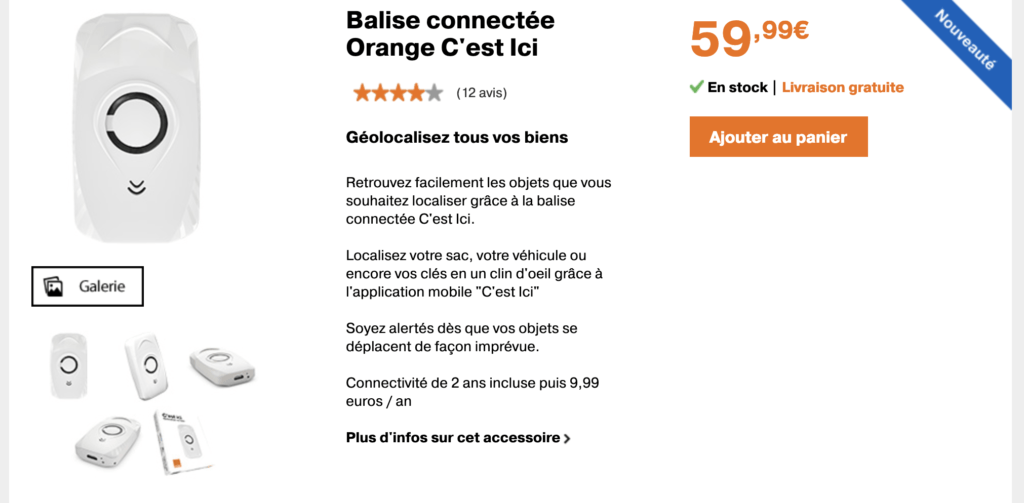
Reindeer herding is a traditional activity in Lapland, now made easier by the IoT. Finnish herders are harnessing Digita’s national LoRaWAN network to track and protect their animals. Actility reported on Rovaniemi’s herders in Rovaniemi when the pilot started in October.
This webinar with Actility’s Rohit Gupta and Olivier Hersent and KPN’s Bart Hendriks aims to reply to the following questions: What are the market opportunities and use cases enabled by IoT Geolocation? What are the benefits of multi-technology geolocation? What are the benefits of using LPWAN technologies (LoRaWAN, NB-IoT, LTE-M) for connectivity? How LPWAN-enabled Geolocation will evolve in the future? How is Actility building multi-technology geolocation platform?
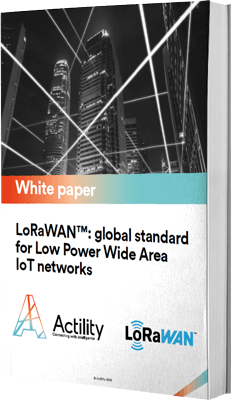
Learn more about the LoRaWAN technology by downloading the Actility “What is LoRaWAN” white paper